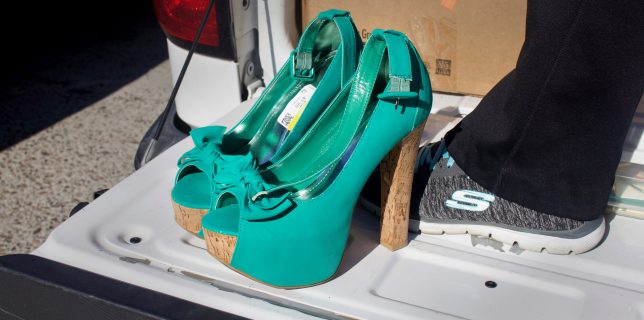Love Is Fundamental
A day long cultural excursion at three migrant shelters in Tijuana offered a small glimpse into the complex lives asylum seekers live. However, it also highlighted the political, structural, and cultural issues at play, which are nested in a larger multinational crisis of immigration. Upon our arrival, it became clear to us that the demographic of immigrants largely consists of family units. This is in contrast to some perceptions that the stereotypical migrant is an individual male. Together they caravanned from Central America, Mexico and Haiti. Many families slept together in tents that were set up inside the shelters, while individual migrants slept in cots or on the floor. And even though the shelters seemed impacted (200 residents at Embajadores de Jesus shelter), we were reminded that every individual and family seeking refuge has a unique immigration story—often one that is tragic. The major themes we discovered were: escaping violence and imminent threats, leaning on faith or finding faith during the journey, hoping for a better future for kids and grandkids, embracing one’s sexual identity, and emerging as a grassroots leader—especially women empowering women to seek social justice.
In addition to helping fulfill basic needs (physiological, safety), according to Maslow’s hierarchy, we were surprised to learn that some person’s needs were psychological, and for many others the needs were spiritual. For example, most shelter residents needed food, clothing and health check-ups. However, the residents at Casa Arcoiris, who are members of the LGBTQ+ community, also showcased artwork, colorful posters, and flags which demonstrated their need for community, belonging, and self-esteem. Furthermore, many of the migrants we met expressed the crucial role religion or spirituality played in their lives and in surviving their often treacherous journey. Ultimately, while dropping off donations was inspiring, it was even more meaningful to hear the migrants’ stories and their hopes and dreams for the future. With the experience also emerged a sense of yearning to do more, to spend more time, to ask more questions, and to offer more support. Did we drop off the right supplies to the right shelters? Are we spending our money and time as effectively as possible to help refugees in the most meaningful ways? The journey continues.


